10 Fruit and Vegetables That Are Best When Consumed With Peels
Most of the fruit and vegetable peels are nutritious and edible. Nutrients present in peels are far more valuable than their pulp/flesh. However, the pesticides sprayed on them are of major concern for all of us for which we discard the peel.

Fruits and vegetable peels, which are usually discarded by us while consumption is a proven good source of nutrients.
These are abundant in fiber, vitamins, minerals, and antioxidants which makes them the most nutritious part of the plant.
The consumption of fruits and vegetables with peel can make you feel fuller longer and reduce your calorie intake. This is exhibited by their high fiber content which is one-third more than without peel.1
In fact, viscous fiber, a soluble fiber in plants is known to effectively reduce the appetite.2
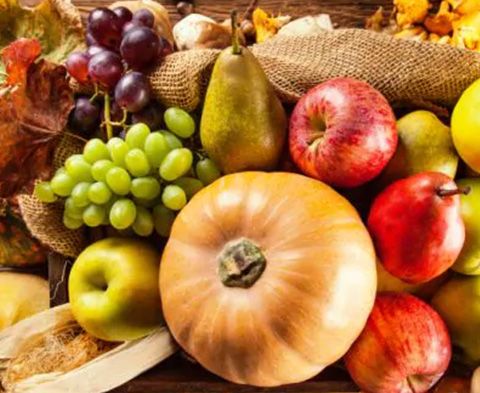
While some fruits and vegetables such as pineapple, onion, and melon have hard peels that are difficult to digest and are completely inedible. Such fruit and vegetables are best when eaten without the peel.
However, most peels are edible and nutritious. Therefore, it is best to have your vegetables and fruits unpeeled whenever possible. You can also have them as smoothies, or chutneys or add them into curries in the required portions. Utilizing every bit of fruit and vegetable will also make you eliminate food wastage.
Here, are 10 shortlisted daily fruits and vegetables which we usually consume without peels. However, the nutrients present in their peels are far more valuable than their pulp/flesh.
1. Potato
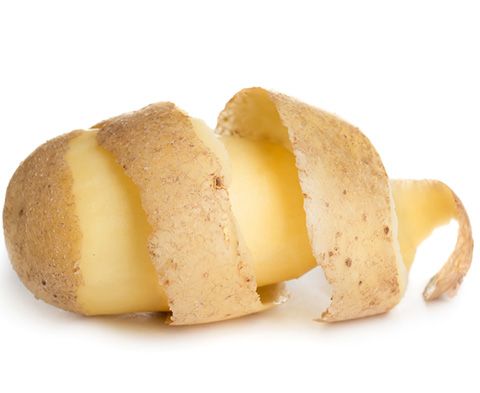
Potato peels are reported to have higher polyphenol content (such as gallic acid, and caffeic acid) than the flesh because of which they possess more antioxidant properties than the flesh.4
The peel contains about 40-50% dietary fiber and has also been considered a new source of dietary fiber in bread making.
In addition to these, peels are a fair source of vitamins like riboflavin, ascorbic acid, folic acid, and vitamins B6.
These are reported to have anti-carcinogenic, hyperglycemic, and cholesterol-lowering properties. Also, these can prevent eye lens damage associated with the diabetic condition.3
2. Cucumber
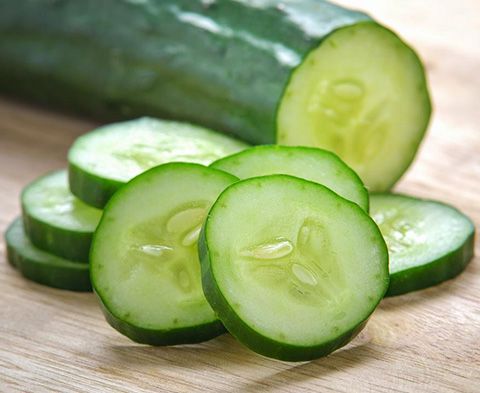
Cucumber peels are abundant in fiber, protein, antioxidants, vitamin C, K, and other trace elements along with minerals.
The antioxidants in cucumber peel help to boost immunity and repair damaged skin from within. While Vitamin K helps to prevent and improves blood clots.5
3. Banana

Banana peel has high fiber, antioxidant, tryptophan, Magnesium, potassium, vitamin B6, Vitamin B 12, and Vitamin A which are good for digestion, eyes, reducing stress, and even the risk of a few cancers. 6
You can add the boiled and blended peels to add to your smoothies or have them in the form of a stress-relieving tea.
4. Orange Peels

Orange peel is a rich source of dietary fiber, vitamin B6, Vitamin A, calcium, folate, and disease-fighting antioxidants. It is reported as a valuable source of molasses, pectin, and limonene, which possess anti-inflammatory, antioxidant, antihyperalgesic, and gastro-protective effects and protect against chronic conditions such as type 2 diabetes, obesity, and even skin cancer. 7
The peel of an orange is nearly seven times richer in Calcium, Magnesium, and iron than its pulp.
Selenium, a mineral that boosts the immune system is also more abundant in the orange peel than in the pulp.
However, orange peel is bitter and tough to chew and its raw consumption could be a bit challenging.
Orange zest is the most appropriate way to incorporate orange peel into your meals. You can have orange zest as homemade candies or add smaller amounts of orange zest into yogurt, oatmeal, muffins, cakes, cookies, salad dressings, or marinades to enhance flavors.
5. Watermelon

Watermelon rind has been studied as a source of nutritious ingredients such as antioxidants, pectin, and amino acids specially citrulline.
Citrulline is known to reduce blood pressure in people with hypertension, improve oxygen delivery to muscles, potentially improve exercise performance and even improve erectile dysfunction in men. 8,9
So, next time you cut a watermelon, keep in mind its health benefits and consider having its rind.
You can eat its rind as a cooked vegetable, jam, or in form of a pickle.
6. Pea
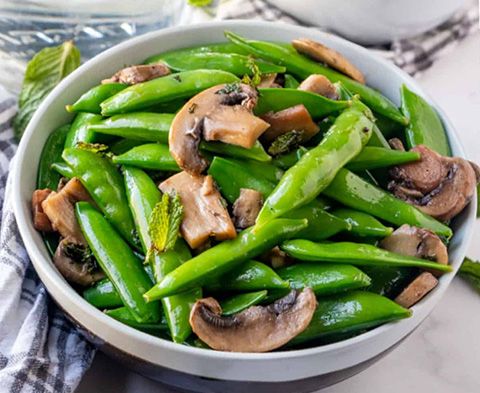
Pea peel is rich in protein, Calcium, Magnesium, iron, and Zinc and their levels are significantly higher than wheat flour.
These are also rich in amino acids such as aspartic and glutamine which help to support the immune system and also enhance workout performance.10
7. Bottle gourd or Lauki
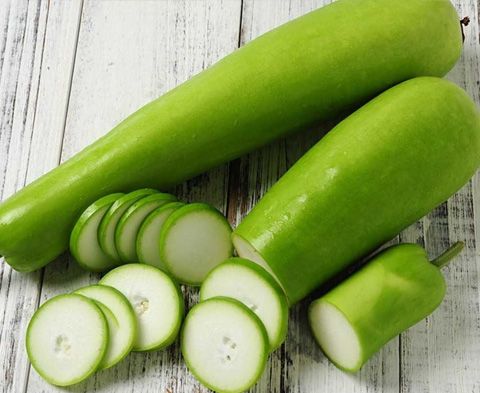
The peel of bottle gourd is rich in carbs, ascorbic acid, Vitamin B, antioxidants, and minerals like potassium, Calcium, and Magnesium.
It is identified as a great source of soluble dietary fibers, amino acids, β- carotene, and ascorbic acid, which are beneficial to lower cholesterol levels and also good for weightloss.11
8. Beetroot

Beetroot is an important source of beneficial compounds including folate, iron, and dietary fibers which help prevent and treat anemia and protects colon health.
Likewise, beetroot peel has also been identified to comprise various components that exhibit anti-antioxidant, anti-inflammatory, and detoxification effects. 12
These are beneficial for the healing and formation of new blood vessels.13
9.Pumpkin

Pumpkin peel is often considered waste and discarded while cooking, but it contains essential nutrients that too in sufficient quantities that promote the growth of good intestinal bacteria.
Dietary fibers such as pectin from pumpkin peels are reported to improve diabetes. The addition of pumpkin peel in cooking is also reported to improve the quality of canola oil.14
Pumpkin peel is also reported to cure ulcers, hepatic disorders, gastrointestinal bleeding, and a variety of wounds including burn wounds.
Pumpkin fruit peel is rich in carotenoids and γ-tocopherol which also exhibit anti-fatigue properties.
10. Ridge gourd or Torai
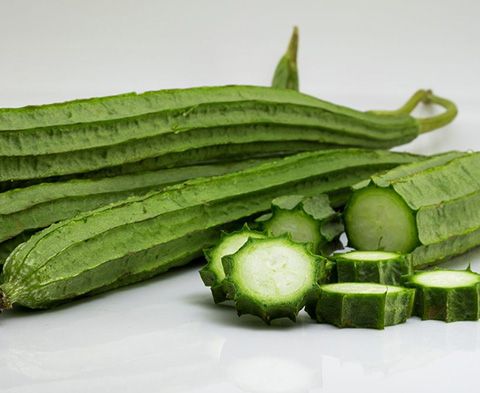
Ridge gourd peel is reported to exhibit antioxidant activity higher than its pulp.
It is an excellent source of calcium, iron, ascorbic acid, protein, dietary fiber, and β-carotene. 15
Dietary fiber in ridge gourd can protect against heart diseases, and manage gut diseases, constipation, irritable colon, colon cancer, and diabetes.
The insoluble fiber in ridge gourd peel is reported to exhibit a positive effect on the intestine. Whereas soluble fiber is reported to lower cholesterol levels and reduce adsorption of intestinal glucose.16
Takeaway
Fruits and vegetables are the best sources of nutrition when consumed with peel. They can help you get rid of and prevent the risk of various chronic ailments including diabetes, hypertension, gut health, heart diseases, and even cancers.
However, the pesticides sprayed on fruits and vegetables are of major concern for all of us for which we discard the peel.
Giving fruits and vegetables a good wash is the best way to get rid of chemicals and dirt residues that are loosely attached to the peel.
A good wash with Trumom Organic Baby Liquid Cleanser can safely eliminate all chemicals and dirt particles stuck on the surface of fruits and vegetables to provide maximum nutritional benefits for your good health.
